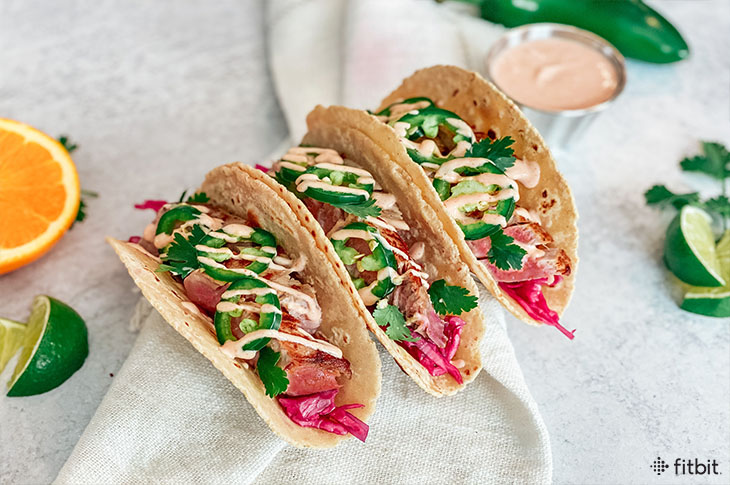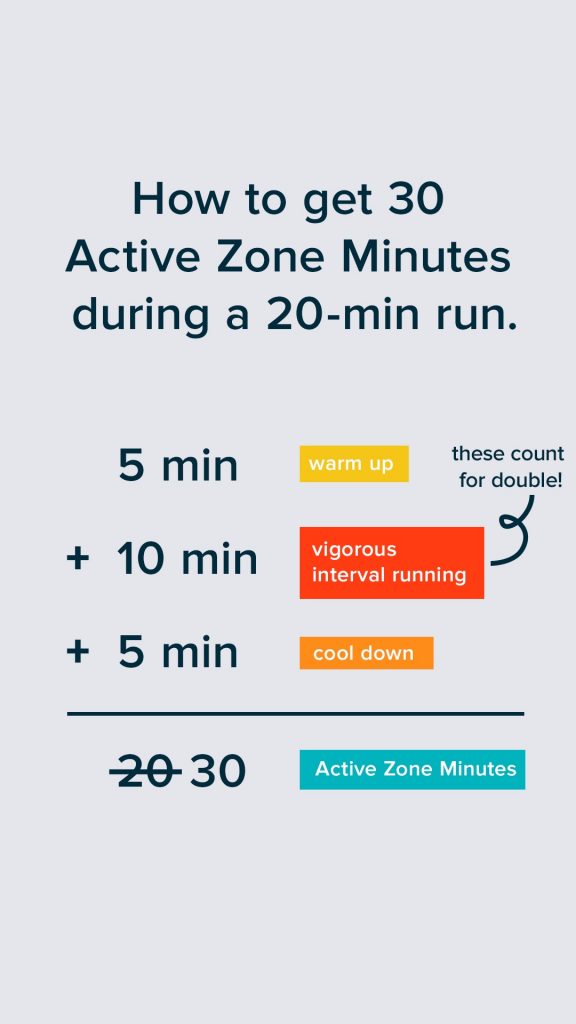See if this sounds familiar: “I’ve been on a diet for most of my life. I’ve tried everything under the sun to lose weight and nothing ever works. Even if I do lose weight I always gain it back and I feel like a failure.” Do you feel like someone is reading your mind? Well, no one is actually reading your mind. This is just that common.
In fact, did you know that the average 45-year-old American female has been on 50 diets in her lifetime? Maybe this number seems high, but consider that most people donate their annual New Year’s resolution towards the pursuit of weight loss and that number adds up really quickly. This is part of an oppressive system known as diet culture.
If you’ve been caught up in this you’re certainly not alone. And many people (if not most) want to lose weight. The desire to be thinner is nothing to be ashamed of, it’s what society tells us we should work towards achieving at any cost. The thing to know is that these messages aren’t coming from a place of health. They are coming from a place of clever consumerism.
If you were to make a list, chances are you could come up with 30 different diets you’ve heard of over the years. They may have different methods, but each has two things in common. First, they are based on some form of restriction—whether it’s restricting calories or restricting certain foods or food groups. And secondly, they don’t work—at least, longterm. They may work for some temporarily. But one-third to two-thirds of weight loss is regained within a year and almost all weight is regained within 5 years. Furthemore, the majority of those will gain back more than they lost.
So why is it that despite diets only working for 5 percent of people, millions of people keep trying them? Well, the diet industry is a 72 billion dollar industry. That’s right, billion. And if the diets worked they’d lose out on one of their primary sources of revenue—repeat customers.
What is a diet, and why doesn’t it work?
A diet is any specific pattern of food intake for the purposes of weight loss. Still not sure? If it asks you to restrict anything (other than for allergies or medical diagnosis), it’s a diet. If it has rules, it’s a diet. If they call it a “lifestyle” but it’s still aimed at weight loss? You guessed it, still a diet.
This is an important question with a lot of science and research behind it. But essentially, there are both psychological and physiological reasons behind this. On an emotional level, restricting foods makes us feel deprived.
Consider if there are foods that you crave and perhaps won’t even allow in your house. Chances are those are the foods that you’ve deemed “bad” and are “forbidden.” The trouble is, inevitably, you will give into the craving and feel a lack of control over it and likely overeat. This is known as the restrict-binge diet cycle as demonstrated below.
Labeling foods good, bad, clean, or junk is a fast track towards an unhealthy relationship with food—despite what some weight loss programs will tell you. Even the labels of healthy and unhealthy can have some risk. While it’s true some food choices may have more nutritional value than others, the labels still encourage a black and white mentality around food.
This black and white thinking can take away from the joy and pleasure from food. Having a psychologically healthy relationship with food would be impossible if you’re obsessing about food and feeling guilt and shame when you eat outside of the “rules” of [fill in the blank] diet. That promotes anxiety, not health.
On the physiological side, when we restrict food, our bodies don’t know we’re doing this on purpose. All our body understands is that it’s going into starvation mode, and it quickly gears up to protect itself by slowing down the metabolism and going into conservation mode. And so our weight goes up and down—sometimes over a period of weeks or even months—resulting in what is known as weight cycling. And weight cycling has significant health risks including heart disease, hypertension, diabetes, and depression.
The hard truth is that humans have different hair colors, different eye colors, different heights, and yes, different body shapes and sizes. Not everyone was meant to have what society has deemed the “thin ideal.” Trying to force your body into a certain shape and size comes with emotional and physical consequences and rarely (if ever) works. Biology will always win.
“But I want to be healthy!” you say. That’s an admirable goal and one that fortunately is a lot easier than you’ve been led to believe. Research has shown that even small improvements in your health behaviors can have a significant impact on your overall health and well-being, regardless of any changes in weight.
So what does that look like? The best news is that it can actually look like behaviors that you enjoy! Hate the gym? Stop going! Love yoga? Work on adding an extra in-person or virtual class in your week. Hate cauliflower? Don’t eat it! Love salads? Challenge yourself to add a new veggie or different protein to it this week. Honoring your body’s needs and cues about hunger and fullness, as well as moving in a joyful way, is the surest path towards sustainability.
What’s next? So you’ve decided you’ve had enough of diet culture and you’re ready to break the cycle. Give yourself a quick pat on the bat—this takes courage. Your next step might be to consider an intuitive eating approach. Registered dieticians designed intuitive eating with the goal of breaking the obsession with food and weight loss and moving towards nutrition for fuel and for pleasure. You may also want to look into HAES, or the Health At Every Size movement. Backed by 50 years of research, HAES celebrates body diversity and encourages weight inclusivity, respectful care, health enhancement, eating for wellbeing, and life enhancing movement.
“What if I gain weight?” you may wonder. This is an understandable question. Because even if a person can shift their mindset to a focus on health instead of weight loss, society hasn’t shifted its mindset yet. There remains a high prevalence of weight stigma and fat phobia despite a rapidly growing anti-diet culture movement.
Perhaps the better question to ask would be “What if I gain…better mental health? An improved relationship with food and my body? Freedom from obsessive thoughts about food, calories, and macros? Enjoyment from moving my body? Satisfaction from foods I actually enjoy? Better health outcomes?” Then consider which of these is most in alignment with your values and your motivation.
There’s no shame in having wanted to pursue weight loss. Many people do this because our society tells us that thin is better—or perhaps there has even been a push from well-meaning family, friends, or even medical professionals. However, science and research support that an individual can be healthy at any size and that weight cycling and intentional weight loss can have both physiological and psychological side effects. After all, if it was really about health, people would post before and after lab results, not before and after photos.
But ask yourself this: what could we each accomplish if our time, energy, and money was spent on other pursuits versus shrinking ourselves? You deserve more than an ideal body. You deserve an ideal life.
The post What You Need to Know About Diet Culture—and How to Break Free appeared first on Fitbit Blog.

source
https://blog.fitbit.com/nix-the-diet-cycle/



















 , a more personalized way to measure your physical activity. We automatically calculate “Active Zones” personalized to you, based on your resting heart rate and age. These Active Zones are targets for your heart rate during exercise, so you’ll know if you’re putting in the effort to reach the activity guidelines. Active Zone Minutes can be earned for any exercise you enjoy, HIIT workout in your living room to a jog on a local trail. You’ll get more credit for more intense activity, helping you make the most of your limited time. Now let’s get into specifics…
, a more personalized way to measure your physical activity. We automatically calculate “Active Zones” personalized to you, based on your resting heart rate and age. These Active Zones are targets for your heart rate during exercise, so you’ll know if you’re putting in the effort to reach the activity guidelines. Active Zone Minutes can be earned for any exercise you enjoy, HIIT workout in your living room to a jog on a local trail. You’ll get more credit for more intense activity, helping you make the most of your limited time. Now let’s get into specifics…